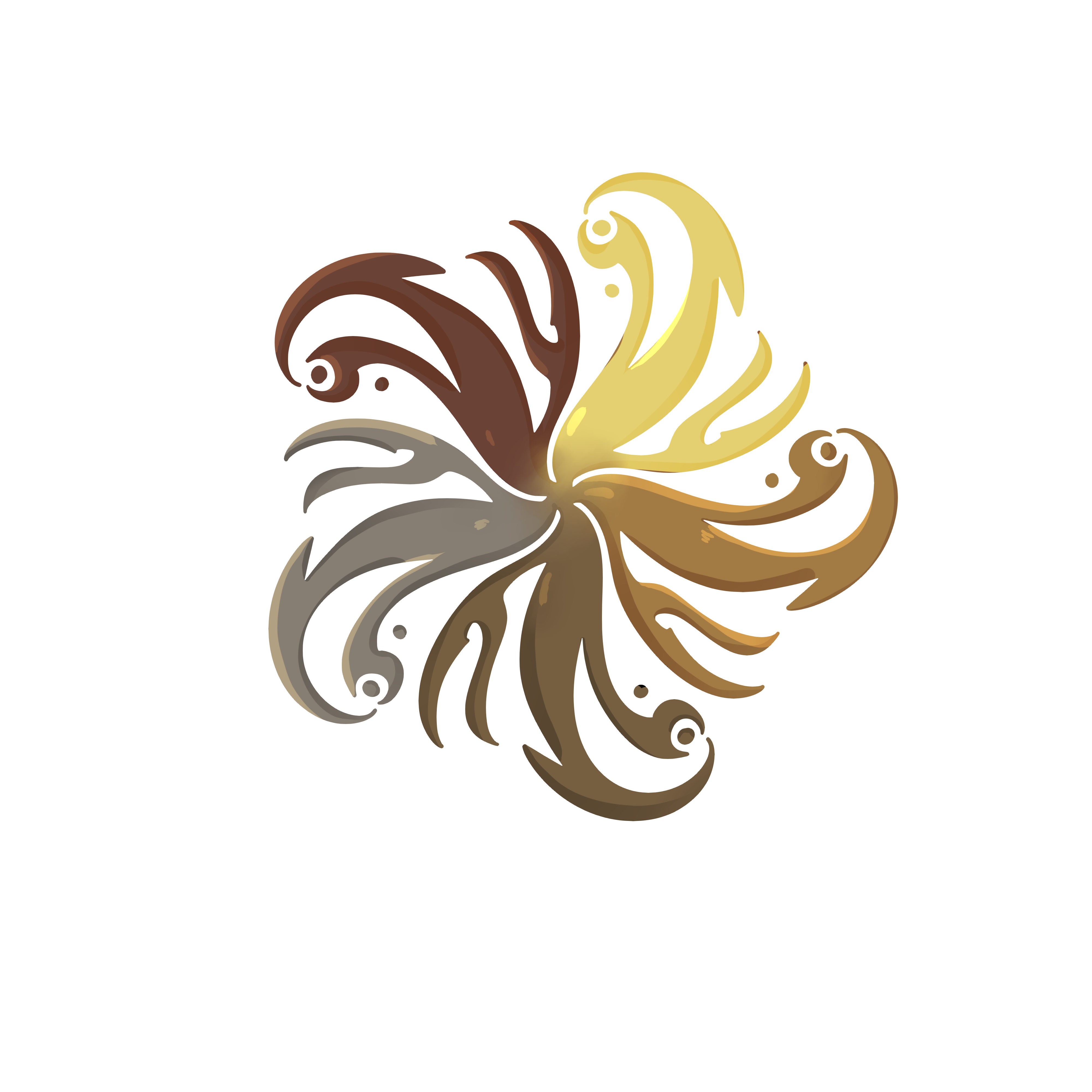X-Syn Plasmic Symbiotes
Overview
The Plasmic Symbiotes didn't exist in the World of Stendaaris initially. A few species of this race were aboard the Aegis Convoy Shielding Vessel IV. They were just samples of matter taken from what appeared to be an uninhabited planet. These samples were in 12 different test tubes. The test tubes broke when the Aegis Convoy Shielding Vessel IV crashed into the World of Stendaaris. When the matter combined, it gained intelligence and escaped the crashed vessel. This roaming creature found a home in a vaper geyser on the southernmost part of the Heart of Stendaaris. Here the sample grew and divided numerous times until the Plasmic Symbiotes formed a settlement of their own called X-Syn.Anatomy
This species has a very fluid body; because of this, they can shape their bodies into different shapes, pending what they want to do. Due to the fact they are so fluid, they can hide in very tight spots a normal creature couldn't. They can squeeze through tiny holes and cracks no smaller than 1 inch wide. They can walk or even slide on surfaces. They are not impacted by rugged terrain and adapt to almost every environment they are found in. One can also split and create a weaker appendage that can be detached to assist with moving or carrying objects.Genetics & Reproduction
These species have similar reproduction patterns to monstrous oozes. They can decide to split into multiple new forms when they get large enough. This is done similarly to when they create additional detachable appendages, except they have released reproduction hormones into it to have a new offspring formed from it. This reproduction method can be done either asexually or sexually. One that reproduces asexually has absorbed enough nutrients in one's body to genetically replicate alone. Those that underwent asexual reproduction generally make an identical clone of themselves. Those that decide to reproduce sexually can sexually reproduce together regardless of the additional number of original parents. This is done by fusing together any participants wanting to sexually reproduce. This could be two willing participants to an unknown number. Then the participants release as many offspring as desired without depleting any life force of the original participants. Depending on the type of reproduction, the appearance of offspring is different. Those that reproduce sexually generally see themselves in the new offspring. When the new offspring's original parents separate forms, they keep their actual genetic makeup. Their offspring bears a combination of the many. Still, it doesn't retain any memories of its parent's life. These new Plasmic Symbiotes start on the smaller side and contain a basic understanding of the world around them.Growth Stages
Plasmic Symbiotes offspring tend to be on the smaller side ranging from 6 months to 1 year. Once they have gathered enough substance, they can start participating in society and reproducing with their kin. The determining factor on rate of growth is determined by the rich nutrients in the ground. The more fertile the environment is in nutrients, the Plasmic Symbiote will grow to the reproduction size.Dietary Habits
Plasmic Symbiotes tend to absorb and eat everything they touch. Therefore, they tend to taste almost anything they come across regardless if it is poisonous to others. Consequently, they can ward off most acidic and even poisonous materials. Because of being able to absorb and be constantly eating, they constantly grow. When they hit critical mass, they need to reproduce to maintain a healthy lifestyle.
Scientific Name
Hydrothermal Plasmoids
Origin/Ancestry
Unknown
Average Height
Range in height from 2 ft. 6 in. to 8 ft. to an average of 6 ft. 6 in.
Average Weight
The weight of this species ranges from 30 lbs to 250 lbs to an average of 140 lbs.
Geographic Distribution
Discovered by



Comments